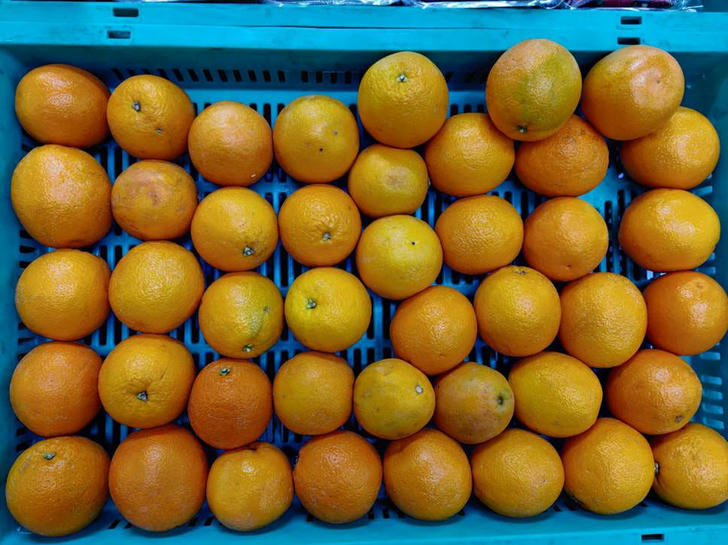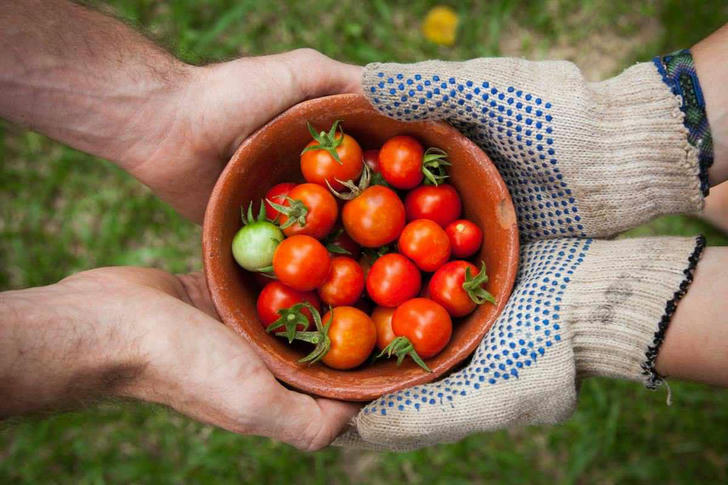Healthy, Science-Backed Foods That Can Help With Diabetes
The Scoop On Beans
If you have diabetes, the American Diabetes Association recommends eating beans a few times a week. A study in 2012 found that people who included more beans in their diet had better control over their blood sugar levels. This is because beans have a low glycemic index and are digested slowly, helping to keep blood sugar levels stable for longer periods.

Additionally, beans are rich in fiber. Mayo Clinic states that fiber slows down the absorption of sugar, which can help improve blood glucose levels. A diet high in fiber can also reduce the risk of developing type 2 diabetes for those who are at high risk. So, including more beans in your diet is an easy way to get more fiber and potentially improve your blood sugar control.
Don't Forget Citrus Fruits
The American Diabetes Association considers citrus fruits to be excellent choices for people with diabetes. Even though lemons and oranges have acidic properties, they can still be beneficial for diabetes management. Harvard Health Publishing suggests that consuming citrus juice along with high glycemic index foods can reduce the overall glycemic index. The acidity in citrus fruits helps convert starches into sugars more gradually, leading to a milder impact on blood sugar levels.

Furthermore, citrus fruits can help prevent insulin resistance. A study from 2006 published in the Journal of Medicinal Food found that grapefruit can help alleviate insulin resistance. Participants who consumed more grapefruit also experienced weight loss. Similarly, incorporating oranges, mandarins, limes, or lemons into your diet can contribute to better health.
Tomatoes, Raw Or Cooked, Can Improve Blood Sugar
Eating tomatoes, whether raw or cooked, can help manage diabetes symptoms. In a study conducted in 2011, participants who consumed 200 grams (less than a cup) of tomatoes daily saw improvements in their blood sugar levels. Additionally, diabetic patients experienced better blood pressure readings after incorporating tomatoes into their daily diet.

Tomatoes are fruits that are low in carbohydrates and have a low glycemic index (GI). They are rich in vitamin C, beta-carotene, potassium, and lycopene, which have been shown to have anti-diabetic and potentially heart-protective properties. This is why the American Diabetes Association recommends including tomatoes in your diet.
Why Nutritionists Recommend Greek Yogurt
Greek yogurt stands out from other yogurts because it has low carbs but high protein. Tami Ross, a diabetes expert and registered dietitian, suggests Greek yogurt to her patients. She points out that since it's low on the glycemic index, it's a great choice for breakfast to help maintain stable blood sugar levels throughout the day.

A study published in BMC Medicine in 2014 found that eating yogurt can lower the risk of developing type 2 diabetes. After analyzing three extensive studies, the researchers discovered that people who consume a cup of yogurt daily have an 18% lower chance of getting diabetes. So, it seems yogurt is really beneficial.
